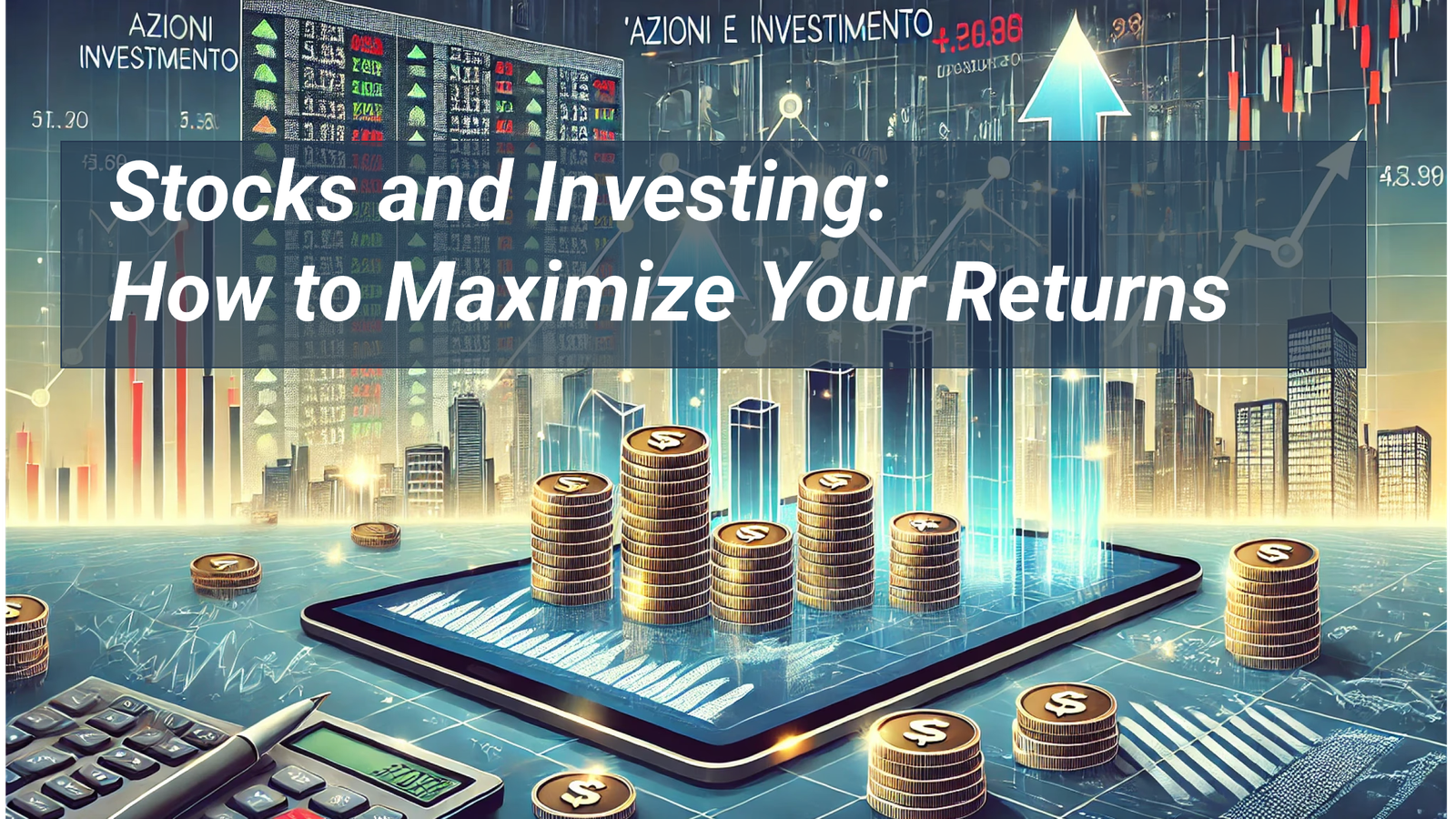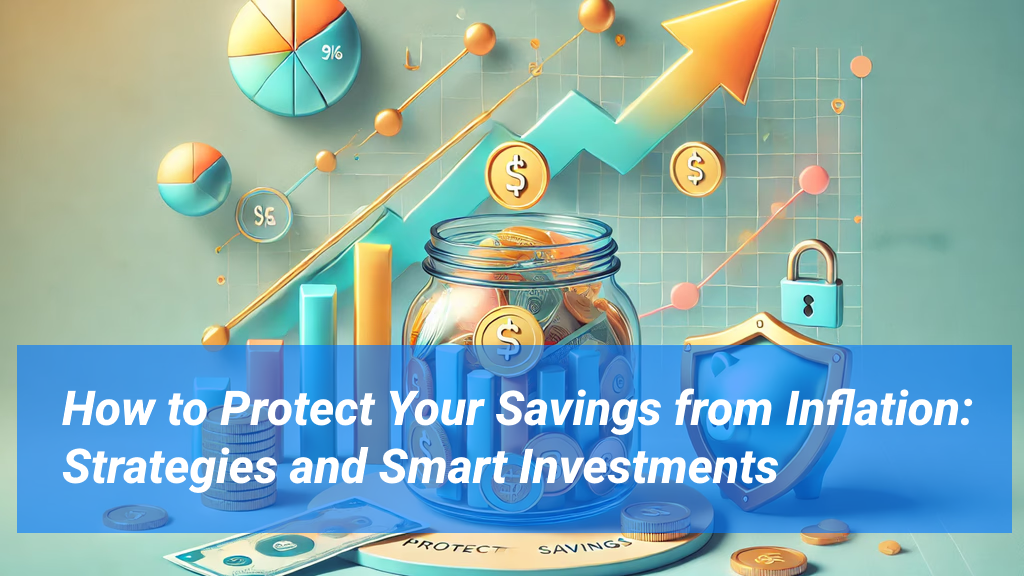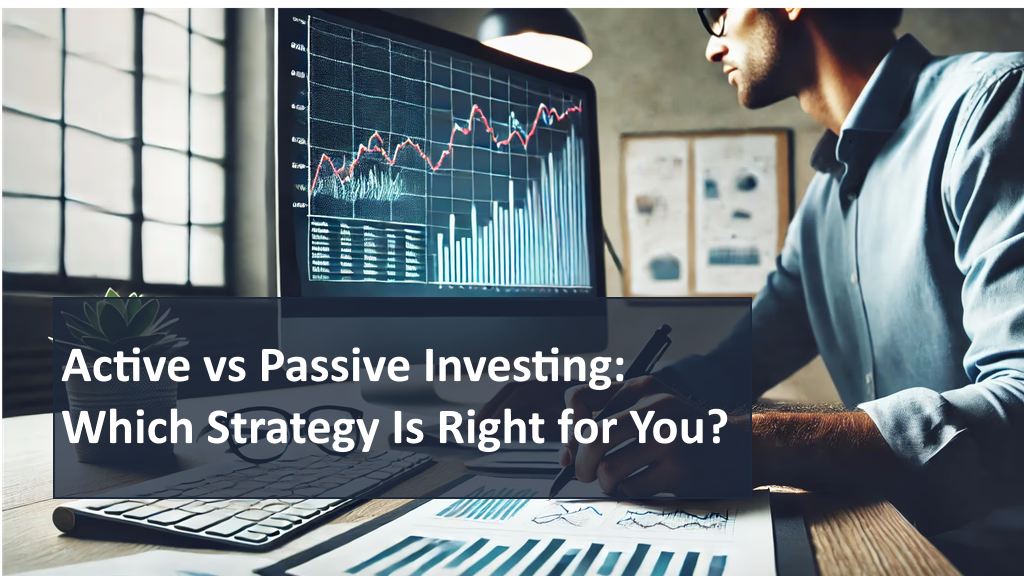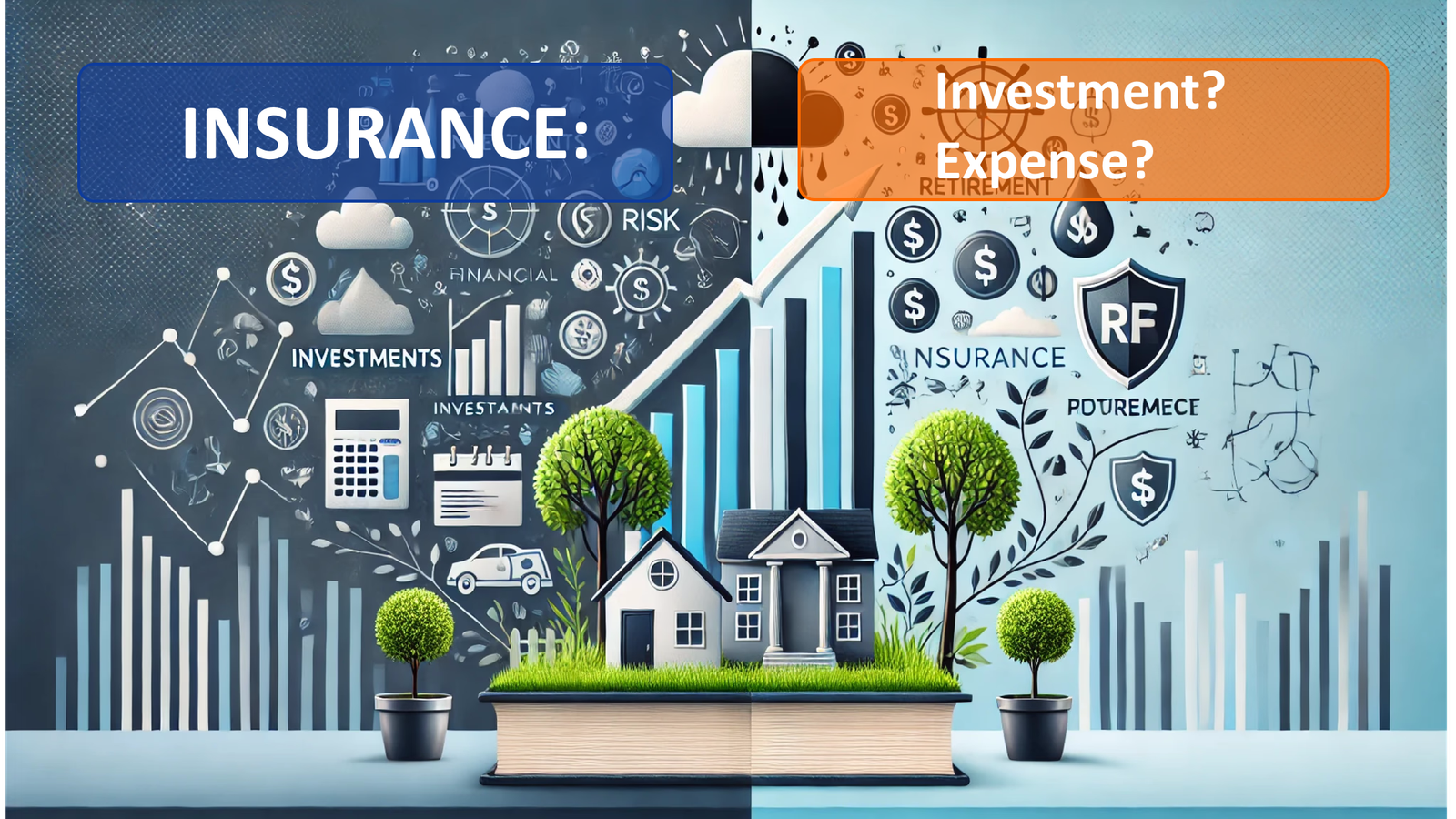Introduction
One of our favorite phrases at Puzoy is:
“Stocks are the main engine of returns you can achieve in the financial markets.”
This might sound unusual to many readers, who are often convinced that real estate and government bonds are all you need when it comes to investing.
In this article, we’ll explore what stocks are, why they are the driving force behind returns, when and how to include them in your investment strategy, and much more.
At the risk of sounding basic, let’s start with the fundamentals.
What Are Stocks?
Stocks represent a share of ownership in a company.
When you buy shares in a company, you become one of its owners—a partner alongside existing shareholders.
For example, when you buy shares of Tesla, you become a shareholder alongside Elon Musk. When you buy shares of Berkshire Hathaway, you become a shareholder alongside Warren Buffett, and so on.
This is one of the first remarkable aspects of the stock market: it allows you to become a partner of some of the world’s most successful entrepreneurs.
Being a shareholder means you are entitled to a portion of the company’s profits generated each year.
The word “entitled” is in quotes here because this doesn’t mean that listed companies automatically divide their profits equally among shareholders and keep nothing for themselves.
Just like any business owner, when a company earns a profit, it must carefully decide how much to reinvest, how much to keep in reserve for unexpected needs, and how much to distribute to shareholders.
These are the typical options available to a publicly listed company that generates profits:
- It can reinvest the earnings into its business, increase its capital reserves, or distribute profits to shareholders in the form of dividends.
- It may also use part of the profits to buy back some of its shares on the market (a strategy known as a “buyback”), which increases the value of the remaining shares in circulation.
For example, if the number of outstanding shares goes from 100 to 50, and I still own 10 shares, my ownership percentage increases from 10% to 20%. This means that, without doing anything, I’m now entitled to twice the share of future dividends or profits.

When done properly, buybacks can further increase a company’s stock price, benefiting shareholders even in the absence of dividend payments.
However, with great power (and benefits) comes great responsibility.
If a publicly traded company performs poorly, its stock price may decline—sometimes significantly. In the worst-case scenario, such as bankruptcy, the stock could become worthless.
Shareholders must be prepared to take on these risks, including the possibility of losing all or part of their invested capital.
Compared to the example of the entrepreneur mentioned earlier, the situation here is slightly better. By purchasing stocks (without using margin, leverage, or other debt instruments), the maximum loss is limited to the amount initially invested—nothing more.
Additionally, there are well-established strategies to help minimize this risk (which we will cover later in this article). Still, it is essential to remember that these risks do exist and must be managed accordingly.
Classification of Stocks
Stocks can be classified in various ways.

Geographical Criteria:
Stocks can be categorized based on country or broader geographic/economic areas. For example, developed markets include major European countries, the United States, Japan, and Canada. Emerging markets include most Asian countries (such as China and India) as well as several Eastern European nations.
Sector-Based Criteria:
Stocks can also be classified by the industry sector of the listed companies. For instance, there are stocks in the financial sector, the technology sector, and so on.
Market Capitalization Criteria:
Stocks may be grouped based on the total market value of all their outstanding shares. Small- and mid-cap stocks generally have a market value of up to $10 billion, while large-cap stocks exceed this threshold.
Investment Style Criteria:
Some companies are considered “Value” stocks because they trade at relatively low prices compared to fundamentals like earnings and cash flow. Others are classified as “Growth” stocks, focusing on increasing revenue and customer base—even if it means sacrificing some short-term profitability.
A well-structured investment portfolio should include a mix of all these types of stocks to ensure diversification and maximize the chances of capturing returns—wherever they may come from.
But what kind of returns are we actually talking about?
We’ll take a closer look in the next module.
Why You Should Include Stocks in Your Investment Portfolio
Stocks work in a very straightforward way:
When the publicly traded company behind a stock performs well, the stock price tends to rise, and the dividends paid out increase.
When the company performs poorly, the stock price usually falls, dividends may be cut, and the value decreases.
This is a simplified explanation of how financial markets work—there are times when unusual events can cause temporary exceptions to these rules.
A good example is GameStop, a struggling company whose stock price skyrocketed for several months in 2021 due to a unique set of market circumstances.
However, with time, the fundamental principles mentioned above tend to hold true.
At first glance, buying stocks may seem like a gamble: 50% chance of success if you’re lucky, and 50% chance of failure.
But in reality, you have a powerful unfair advantage when investing in stocks: time.
Take a look at this chart. It shows how much you would have gained—or lost—by investing in the S&P 500 (one of the largest and most well-known U.S. market indices) over different time periods.

When you invest with just a one-day time horizon, it’s really a fifty-fifty chance—which is exactly why so many people who try trading end up losing.
However, as you start to extend the time horizon, the odds consistently improve, reaching up to 100% probability of gain over a very long period, such as 20 years.
To be clear, these are analyses based on historical data from the past 100 years, and yes, it’s possible that one day a particularly unlucky period could result in losses even over 20 years.
But that has never happened so far—not even during global crises and world wars.
And it still remains a highly unlikely event.
That said, simply not losing isn’t enough when it comes to investing.
You also want to earn a return!
And from this perspective, stocks have consistently proven to be the winning choice.
Take a look at this chart analyzing the overall performance of the stock market over the past 100 years.

Stocks are the asset class to beat, and in terms of real returns (adjusted for inflation), they have delivered an average annual return of 8.4%.
That’s significantly more than gold, which follows in second place with just 3.27%.
Of course, expecting these returns to show up in your investment account with the precision of a Swiss watch isn’t realistic.
Stock markets can experience sharp declines during sensitive periods, such as the crashes of the early 2000s or the 2007–2009 financial crisis. In some cases, they may lose 50% or more of their value compared to previous highs.
Take a look at this example with Amazon, one of the most well-known companies in the world.
During the 2000s crisis, it lost 95% of its value.
But over time, Amazon recovered and today it boasts an outstanding performance.

Sure, Amazon is an extreme example, but it demonstrates how stocks can rise or fall over time.
However, for every Amazon that becomes one of the world’s dominant companies, many others, after a -95% drop, fail to recover.
They go to zero, and we lose all the money we invested in those stocks.
How can we avoid this type of risk?
By using well-diversified equity ETFs.
Are stock ETFs better than individual stocks?
As you saw earlier, individual stocks can be explosive — both to the upside and the downside.
There are two main ways to reduce the risk of picking the wrong stock:
Diversify by investing in multiple stocks
That means buying stocks with different market capitalizations, from various geographic regions, and across different sectors, to spread the risk.
Invest over a long time horizon
By extending your investment period, you not only reduce the chances of loss but also decrease the potential variation in returns (technically known as volatility). This makes it easier to project how much capital you could have 20 years from now.

Is there a way to follow both of these strategies at the same time without too much effort?
Yes, just invest in well-diversified equity ETFs.
Equity ETFs and Diversification
Equity ETFs track the performance of stock indices—that is, baskets of stocks that share a common characteristic.
For example, some indices represent a specific economy (like the S&P 500, the most well-known U.S. index), while others may focus more narrowly on characteristics such as industry, size, or growth potential, as discussed in the previous chapter on stocks.
Generally speaking, an index will earn much less than the best-performing individual stocks but will perform far better than the worst ones.
Since equity ETFs offer several advantages over traditional financial products sold by banks (they’re more transparent, lower-cost, and often yield better returns), they are one of the main tools used to build an investor’s portfolio.
This doesn’t mean individual stocks should be completely avoided.
In small amounts (up to 10% of your total assets), they can provide an additional return—if you manage to pick the right ones.
Of course, that’s not easy, and the risks are significant.
However, by allocating only a marginal portion of your investments to individual stocks, even in the event of heavy losses, your overall portfolio can remain stable—and possibly still profitable—thanks to the performance of other components, such as well-diversified equity ETFs.
On the other hand, trying to become the next Warren Buffett by building a portfolio made entirely of individual stocks is extremely risky and strongly discouraged unless you’re a seasoned financial professional.
The risk of losing everything is very high.
How and How Much Equity to Include in Your Portfolio
As we’ve seen in the previous sections, individual stocks should be handled with great care.
However, having a solid allocation of equities in your portfolio can be the difference between enjoying a peaceful retirement or having to hope that the state pension system doesn’t collapse.
So how should you integrate equities into your investment portfolio?
The answer is: it depends — and if you’ve followed along this far, you likely understand why.
As highlighted in earlier sections, time is the most critical factor in determining the potential positive returns from the equity portion of your portfolio.
- The more time you have to reach your financial goal, the more equities can deliver solid returns with relatively limited risk of loss.
- The less time you have, the more equities become a gamble — one that could result in losses and, more importantly, prevent you from reaching your intended financial goal.
For this reason, the farther away your financial goal is, the more you can consider a significant exposure to equities (up to 80% of the capital allocated to that goal).
Conversely, the closer the goal is, the more attention you’ll need to pay to market volatility and reduce your equity exposure (anywhere from 0% to a maximum of 40%, depending on how many years you have left).
Using this rule of thumb will help you estimate how much equity to include in your investment portfolio.
As for what instruments to use… broadly diversified equity ETFs should be your go-to choice.
Optionally, you can complement them with a very small portion of individual stocks — just enough to chase the thrill of discovering the next Amazon.
This way, you get the best of both worlds:
- A solid, well-diversified investment portfolio that grows alongside the global economy and innovation.
- A small speculative component with the potential to take off (in a good way) if your stock picks turn out to be right.
If you appreciate this kind of content and don’t want to miss any articles or tips, make sure to add Puzoy.com to your list of favorite websites and visit it regularly.
READ MORE –






